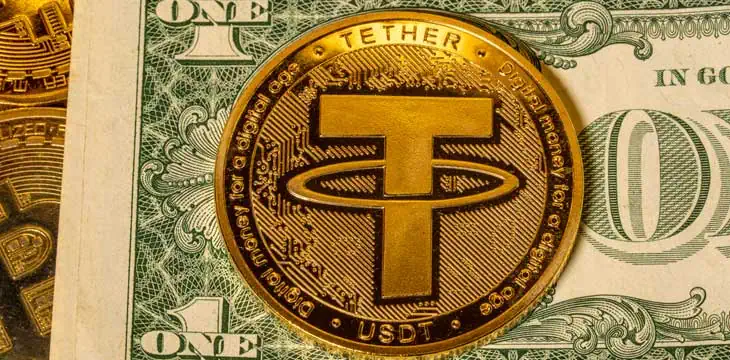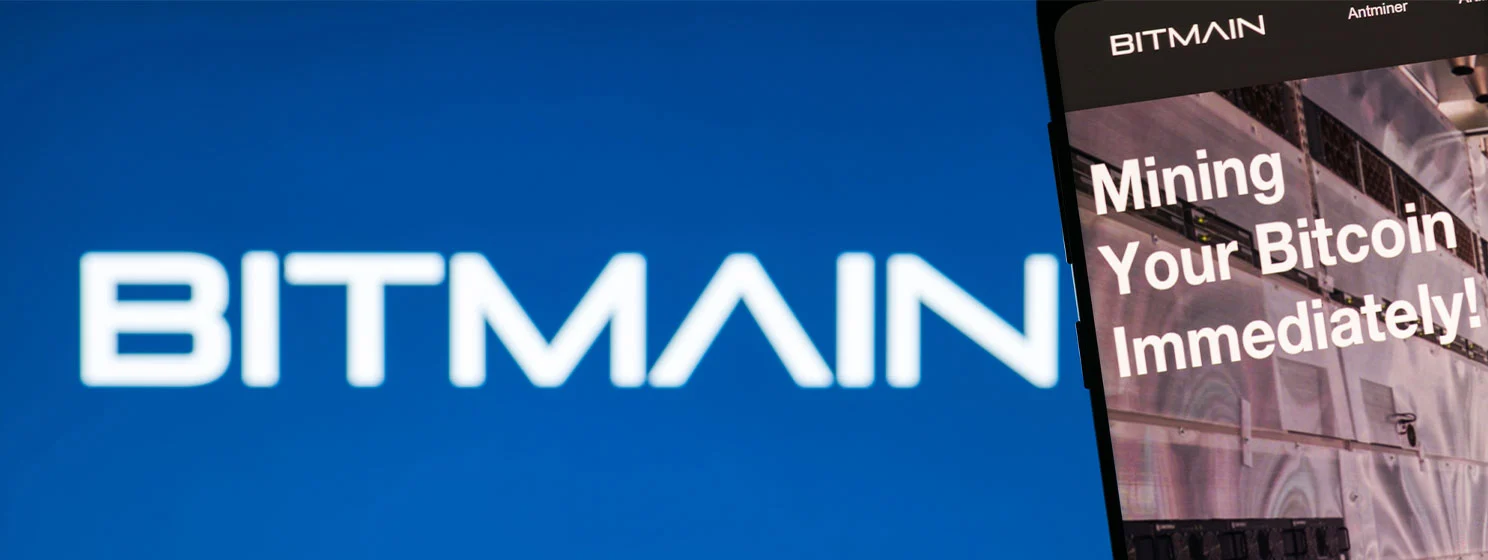|
Getting your Trinity Audio player ready...
|
Reports recently surfaced that the market cap of USDC has fallen by more than 40% this year. Currently, the total market cap of the most regulated stablecoin stands at $26 billion.
Part of the reason for the dramatic fall is that holders were spooked by the collapse of Silicon Valley Bank (SVB), in which Circle held $3.3 billion. At the time of the collapse, USDC depegged to $0.86, and it only regained its dollar peg when regulators intervened.
The initial fear was compounded by Circle’s delayed response to questions about its reserves. Even Circle CEO Jeremy Allaire is cagey about answering questions related to his company’s reserves.
Clearly, confidence in USDC is fading even though it is subject to U.S. state money transmission rules and is closely monitored by regulators.
Yet, Tether’s market cap has grown—surprise!
It’s perfectly logical that USDC’s market cap would shrink given the recent scare in regional banking, the fact that Ethereum-based stablecoins have no real utility, and the general crisis in confidence across the digital currency markets.
However, that makes it even more difficult to explain why the market cap of USDT has increased by 25%, currently giving it a market cap of over $83.7 billion.
If people are bailing out of USDC because it depegged and because its CEO isn’t giving straight answers about its reserves, there’s no logical reason why they would choose an offshore alternative subject to even fewer regulations that have several executives under investigation for bank fraud.
It defies logic that anyone would choose Tether as a safe alternative to USDC. After all, this is a company that has been caught covering up massive losses for Bitfinex, has been kicked out of New York State, and has evaded any and all attempts to be audited.
So, how the heck is USDT’s market cap growing if USDC’s is shrinking due to a crisis in confidence? It’s simple: Tether just prints USDT, claims it is backed, and never bothers to prove it. Its market cap could go to infinity because there’s no evidence that any real dollars back it. Tether executives just press a button, and voila, another billion USDT appears.
Opinion: is Tether a scam? What does that mean for digital currencies?
Yes, Tether is a scam. Anyone with any understanding of its history understands that this firm is not to be trusted. It is no coincidence that the prices of digital currencies like BTC, LTC, and XRP went on the largest bull run in history just a couple of years after Tether’s launch in 2014.
The real question people should be asking is: why are stablecoins even needed? If there’s a real demand for digital currencies, let it be shown in USD, GBP, EUR, CFY, JPY, and other fiat currencies. It’s possible to buy almost all popular tokens for real dollars and cents. So, why not allow the market to bid in verifiably real money?
The uncomfortable answer is that there’s no real money bidding on any of this. As the data shows, the more transparent, closely watched stablecoins are fading away as the questionable, shady ones are growing. That says it all, really.
What does that mean for digital currencies? It means what CoinGeek has been telling you for years: 99% of them are worthless scams, and stablecoins like Tether exist to pump them, extract fiat currency from speculators that bail in when the market pumps, and eventually disappear.
Don’t get caught in the hussle. Learn about the real Bitcoin, build a company that uses it, and deliver value to the world!
Follow CoinGeek’s Crypto Crime Cartel series, which delves into the stream of group—from BitMEX to Binance, Bitcoin.com, Blockstream, ShapeShift, Coinbase, Ripple,
Ethereum, FTX and Tether—who have co-opted the digital asset revolution and turned the industry into a minefield for naïve (and even experienced) players in the market.

 09-16-2025
09-16-2025 





